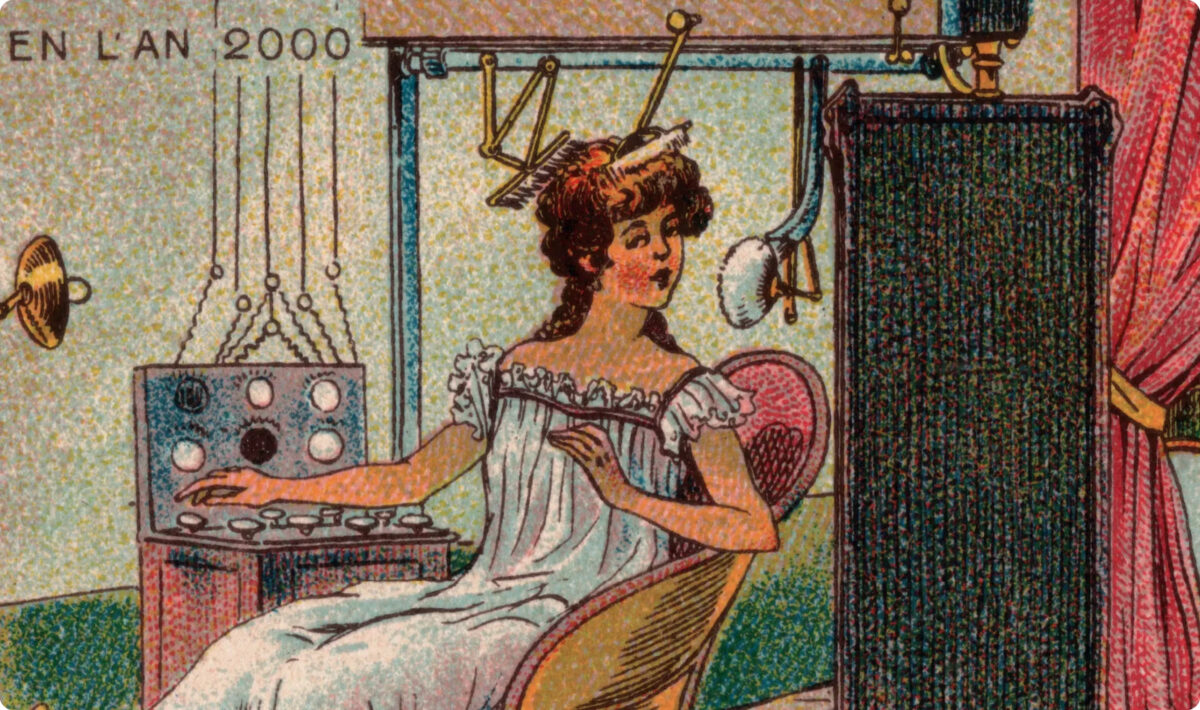Shock of the Old: 11 Wild ‘Views” of the Future

Promises of improvement are not always as expected, as history shows the unreliability of predicting the future. Attempts to foresee what lies ahead persist, with some visionaries showing remarkable accuracy. Notable examples include Leonardo da Vinci’s predictions of helicopters and fridges, Joseph Glanvill’s 1661 foresight of moon voyages and “magnetic waves” communication, and John Elfreth Watkins’ 1900 predictions of mobile phones and global digital media.
While these visionaries had their hits, they also had misses, such as Watkins’ hopes of eliminating mosquitoes and certain letters, or Arthur Radebaugh’s fanciful uniwheel cars and space monkey colonies. Many predictions merely embellished recent technological developments, showcasing the difficulty in imagining a truly different world.
Fictional depictions often offered wilder visions, with Jules Verne’s 1860 portrayal of Paris in the Twentieth Century including photocopiers and techno music. HG Wells went further, envisioning the atomic bomb. Predictions, whether accurate or not, often reveal more about the hopes and fears of the predictor than the actual future.
These forecasts tend to surge around significant dates and world events, reflecting contemporary preoccupations. The 19th-century’s rapid technological change generated both optimism and anxiety, with recurring themes of societal shifts. The 1960s saw a mix of space-age enthusiasm and Cold War apprehension, exploring alternative scenarios in case of nuclear threats. Reality typically falls between these extremes, and the recurrent predictions of world-ending catastrophes over the past millennium offer a strange comfort – proving that, despite the warnings, we’re still here (for now).
With that, let’s delve into fanciful visions of the past’s imagined futures.